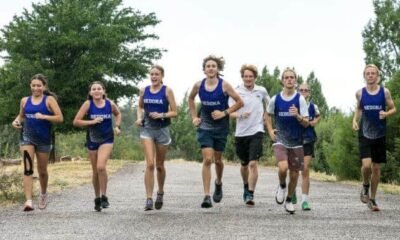charter schools
School Closures Endanger Arizona’s Community Spirit

The sight of a locked school in your neighborhood can evoke strong emotions. Schools symbolize childhood memories, community gatherings, and personal growth. Yet, many public schools in Arizona are facing closure, leaving communities distressed.
The impact of school closures extends beyond the physical structures; it jeopardizes community cohesion and disproportionately affects vulnerable populations. Sustained underfunding, gentrification, and the diversion of public funds through school vouchers have accelerated this issue. Recently, the Paradise Valley Unified School District closed three schools, while the Roosevelt Elementary School District voted to shut down five. Other districts are contemplating similar actions.
Decades of “school choice” policies have led to these drastic measures. Arizona boasts the second-highest number of charter schools in the U.S. and a large universal voucher program, fostering a highly competitive educational landscape. However, these policies often create an illusion of choice, as many parents are unable to access private education due to barriers such as transportation.
Research indicates that the promised benefits of competition do not always materialize. While parents are encouraged to “vote with their feet,” the reality is that many struggle to find academically superior options. Evidence shows that switching schools does not necessarily enhance student performance and can be detrimental, leading to increased dropout rates.
Additionally, Arizona’s per-pupil funding is alarmingly low, contributing to the financial strain on public schools. Proponents of closures claim they can reduce deficits and improve outcomes. Yet, evidence suggests the opposite; closures often result in dwindling enrollment and academic decline as families resist longer commutes and larger school sizes.
The cycle of decline is exacerbated by rising operational costs related to vacant facilities. Schools must engage openly with communities about potential closures, yet many districts fail to do this effectively. Recent community meetings about the “Reimagine Phoenix” plan featured limited parent participation and did not adequately address upcoming closures.
In many instances, proposals like Roosevelt’s “Reinventing Roosevelt” lacked transparency regarding school closures, leaving community members unaware until the last minute. Poorly timed meetings and limited engagement opportunities hinder involvement from working parents.
To counteract these trends, it is essential for communities to remain informed and demand clarity regarding budgets and enrollments. Advocating for increased educational funding is crucial, as well as conducting equity audits to understand student needs better. Surveys can be instrumental in revealing concerns surrounding school environments and overcrowding.
One district managed to reverse its enrollment decline by actively listening to families. They addressed safety concerns, introduced small class sizes, and invested in community outreach, resulting in an enrollment increase of over 400 students.
Public schools are vital to connecting communities and fostering future generations. Watching them close is not an option.


















